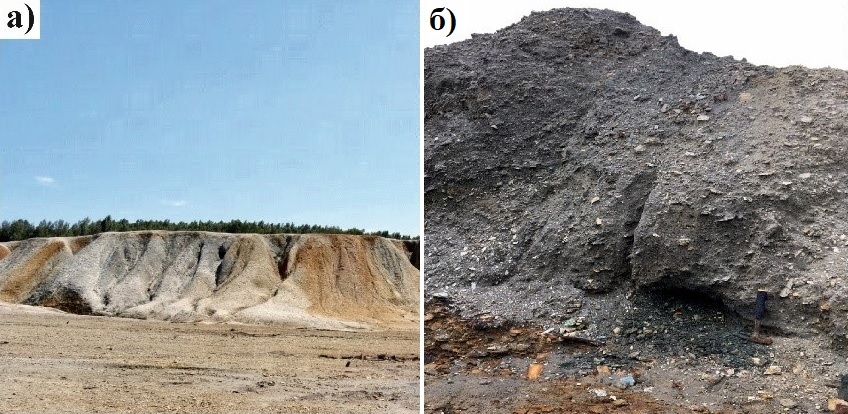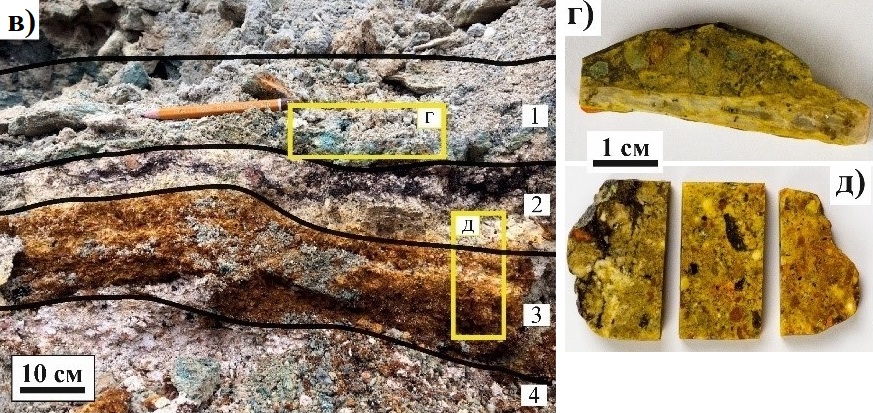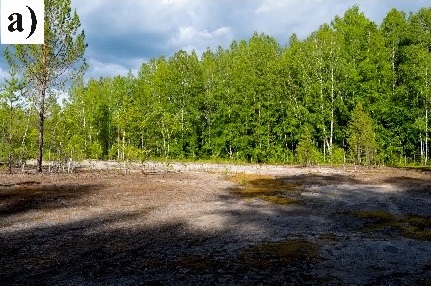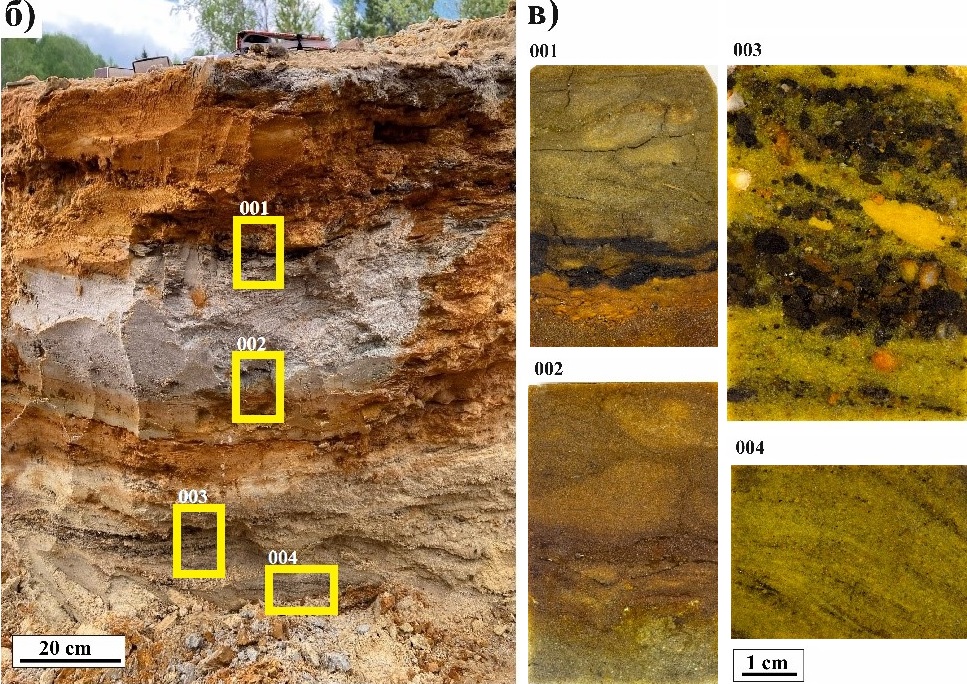The research works are conducted within the frames of the Russian Science Foundation project No. 23-27-00340 by staff of the Laboratory of Ecological and Economic Modeling of Technogenic Systems, NGG SB RAS, under the guidance of Nataliya V. Yurkevich, PhD (geol.-mineral.), head of the laboratory.
The scientists’ focus is on processed ore wastes of polymetallic deposits – Novo-Ursk, Talmovskie Sands and Dukov Log – located in the Kemerovo region.
Why is this work important?
The research project is being implemented in the context of Russia’s technological development concept until 2030. Both are aimed at developing scientifically- grounded recommendations and introducing end-to-end technologies concerning new materials and substances and technology solutions for reducing implications of human activities.
The IPGG researchers involved in the project aim to create a reliable physico-chemical model of the barium behavior during evolution of a technogenic substance exposed to exogenous processes. To this end, specialists need to define the main mineralogical and geochemical characteristics of the polymetallic ore enrichment tailings, which account for the formation of secondary (autigenic) barite.

Novo Ursk tailings dump site: a) general view of the quartz-barite-containing waste heap; b) section of the barite-pyrite-containing waste heap б =b

Novo Ursk tailings dump site: c) the investigated section with numbered horizons; c – e) grab specimens and their sampling points в= c; г = d; д =e ; см = cm
What has been accomplished at this stage of research?
During the first year of the grant, a number of exciting results were obtained by IPGG researchers. It was found that in the water-rock system, barium occurs in the dump subtance primarily as dissolved molecules (predominantly) and in solid phase (barite, the mineral).
At this, in addition to residual barite, its autigenic species are present in the quartz-barite containing material of the Novo-Ursk tailings dump. These minerals were formed directly in the dump. Two types of barite (in terms of fragments morphology and particle sizes) are identified at the Talmovskie Sands tailings dump.
The researchers revealed that in the studied tailings dumps, barite may form aggregates by fusing with pyrite, galena, jarosite, anhydrite and quartz, as well as with dolomite, apatite and sulfides. Barite in its own right may contain inclusions of pyrite, galena and its secondary minerals – anglesite and cerussite.

ТTalmovskie Sands: a) general view of the tailings dump

Talmovskie Sands: b) the investigated section with numbered horizons; c) grab speciments and their sampling points б= b; в = c;
Results of the samples examination at IPGG SB RAS allowed suggesting that the secondary redistribution and redeposition of barite, anhydrite, jarosite, calcite and amorphous quartz is associated with activity of bacteria.
Cyanobacteria and algae whose presence is diagnosed both in living and dead state, also may have influenced the formation of autigenic barite, the researchers note.
To the benefit of the oil/gas industry
Comprehensive geophysical and geochemical studies permitted calculating the volumes of waste heaps of the Novo-Ursk dump and the Talmovskie Sands mine tailings dump and estimate the resources of barite. The second stage of research works will be aimed, among other things, at assessing the fraction of pure BaSO4 least contaminated by impurities, and its genesis.
Practical significance of the key findings obtained at these stages of the research project is largely associated with adjustments to the feasibility study of barite concentrate production technology suitable for creating high-quality “weight-materials” ( to increase density of the fluid), which contributes to its investment attractiveness.
The Institute plans future research works on the tailings dumps of the Salair ore field.
Published by the IPGG Press Service
Photos/ illustrations courtesy of N.V. Yurkevich